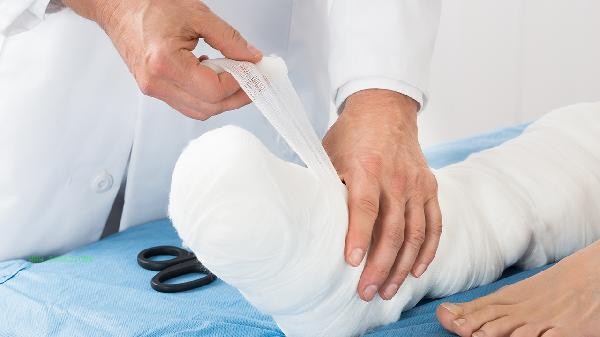It is recommended to perform sit ups by bending your legs, which can reduce lumbar pressure and improve the effectiveness of core muscle training. Straight leg sit ups place a greater burden on the lumbar spine and may increase the risk of sports injuries. When doing sit ups and leg bending, the knee joint is bent at a 90 degree angle, and the feet are fixed on the ground or assisted by others to press down. This posture can effectively activate the rectus abdominis muscle, while reducing overcompensation of the iliopsoas muscle and avoiding excessive lumbar lordosis. Bending the legs can tilt the pelvis backwards, allowing the abdominal muscles to concentrate more, suitable for beginners and people with sensitive lumbar spine. During training, the breathing rhythm can be coordinated. When getting up, contract the abdomen, and when falling, control the speed. Repeat 15-20 times per group.

Straight leg sit ups require both legs to be fully extended and flat on the ground, with high demands on abdominal flexibility and core strength. This posture can easily cause the waist to be suspended, increase the pressure on the lumbar intervertebral disc, and long-term practice may lead to chronic back pain. Professional athletes occasionally use this variation to strengthen their upper abdominal muscles, but it is necessary to strictly control the amplitude of the movement and avoid rapid bouncing movements. People with old injuries or herniated discs in the waist should completely avoid straight leg training.

It is recommended to do a 5-minute dynamic warm-up before doing sit ups, such as cat and bull stretching or supine abdominal warm-up. After training, it is necessary to relax the waist and use baby style or supine knee hugging movements to relieve muscle tension. Schedule 3-4 training sessions per week, with 2-3 groups per session and a 30 second break between groups. Paired with tablet support and reverse abdominal movements, it can comprehensively enhance core stability. If you experience lower back pain or persistent soreness, you should immediately stop training and consult a rehabilitation physician.







Comments (0)
Leave a Comment
No comments yet
Be the first to share your thoughts!